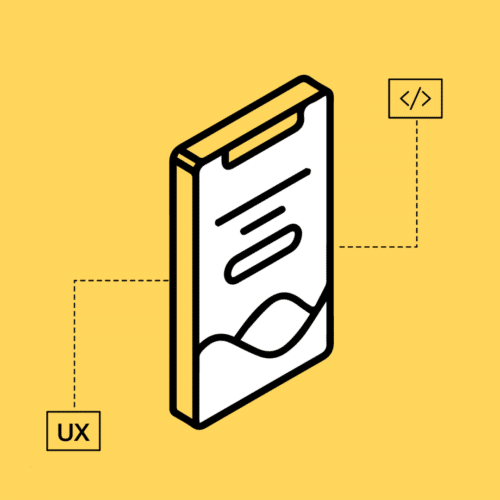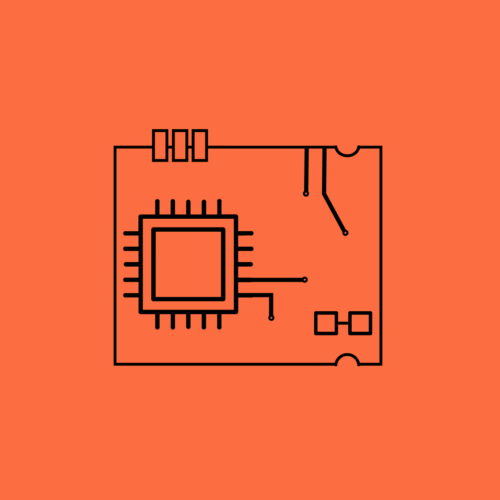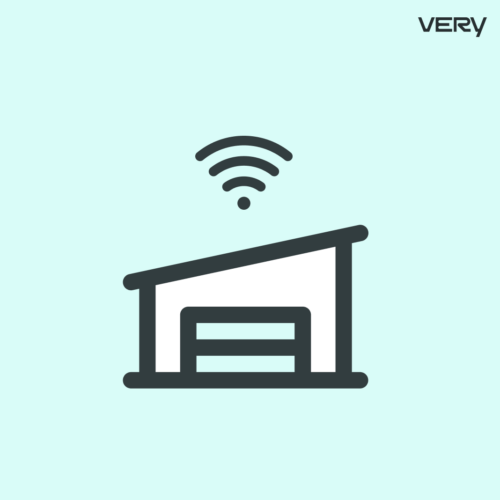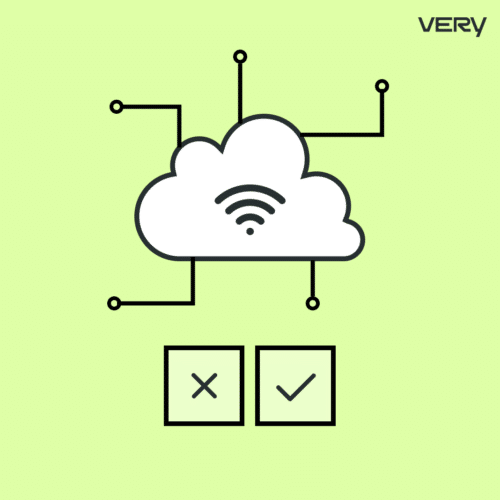BLOG
Vizio VP Shares Key Smart Home Trends to Watch
In a recent Internet of Things Consortium (IoTC) huddle on smart TVs, Greg Khan, CEO of GX Digital Ventures and the IoTC, prefaced the talk by describing what he calls “the now normal.” He distinguishes this term from the political football that is the term new normal, saying the now normal includes Covid, the economic developments over the last year, the political environment, and the new administration.
The result, he says, is that businesses have to be agile and adapt on the fly to the changes taking place in society.
Here’s what that means for the smart home industry. First, Covid has been both an accelerator and a suppressor; of course, more people stuck at home means more people buying TVs and other gadgets, but it’s also harder for service workers and custom installers to enter homes.
He also points to some other key trends. For instance, according to the National Association of Realtors Home Buyers and Sellers Generational Trends Report, tech-savvy Millennials now make up the largest share of the home-buying population at 38%. Along these same lines, Statista projects that smart home household penetration will be 12.2% in 2021 and is expected to hit 21.4% by 2025.
In light of this, Very founder Ben Wald had a conversation with client Eric Loes, Vice President of Software Engineering at Vizio, about current trends in the smart home market and how they’re leveraging this information to make smart business decisions.
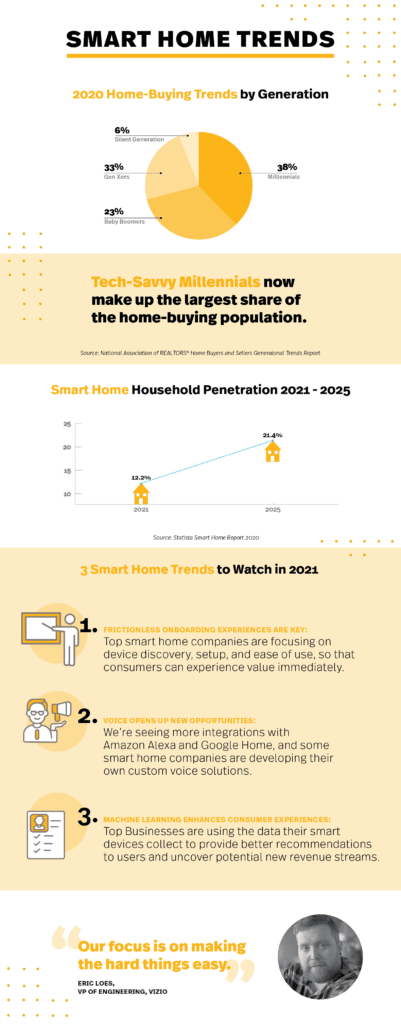
Accessibility and User Friendliness
Millennial and Generation Z may be a major audience for smart devices, but the appeal of a television certainly spans across every generation. Mom and dad-or even grandma and grandpa-need to be able to hook up their new smart TV.
“A large focus for us has been on device discovery, setup, and ease of use,” explained Loes. “Our focus is making those hard things easy.”
We refer to this as a frictionless IoT user onboarding experience. A new user shouldn’t have to jump through hoops or really possess any technical expertise to hook up their new device to their Wi-Fi. We need to make it as easy as possible. Once that new device is hooked up to the internet, we can usually take care of the rest.
Voice has been another frontier in the UI. Vizio began by integrating with existing voice assistants, such as Amazon Alexa and Google Home, but they’ve also been working on their own solution.
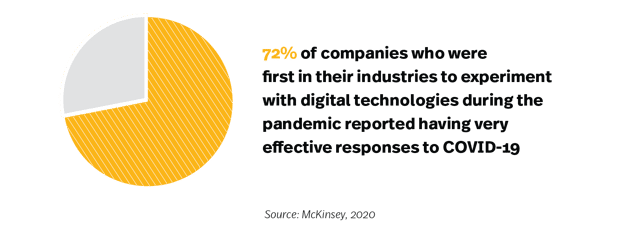
“Vizio’s been very bullish on voice and the capabilities in voice,” exults Loes. “Voice opens up capabilities on the TV itself and is the tipping point where IoT and smart home can start colliding with the television.”
Ultimately, IoT developers need to put in the work to make starting and using their devices as simple as possible. The first impression is key.
Eric Loes
“Very’s a great partner to quickly standup a project and get domain knowledge into the process quickly. They spread their knowledge across their teams and yours to ensure the best product possible.”

Data, Data, Data
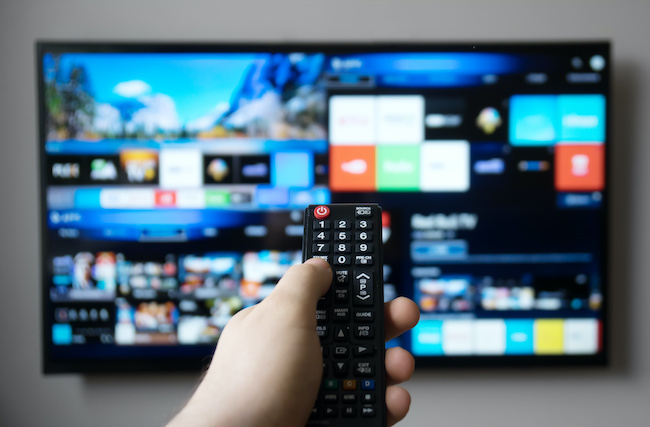
One of the biggest reasons to make a TV smart in the first place is collecting and leveraging data. A hallmark of a mature IoT product is predictive and/or prescriptive analytics, in which a device closely tracks and monitors user behaviors in order to influence it. In the case of the smart TV, at least on the surface, that equates to analyzing what people watch and using those insights to recommend more content—keeping them engaged—and selling more finely targeted advertisements.
As Loes explains, “Last year we focused a lot on Vizio’s free, ad-supported content… It’s all about discoverability of content and pushing those recommendations.”
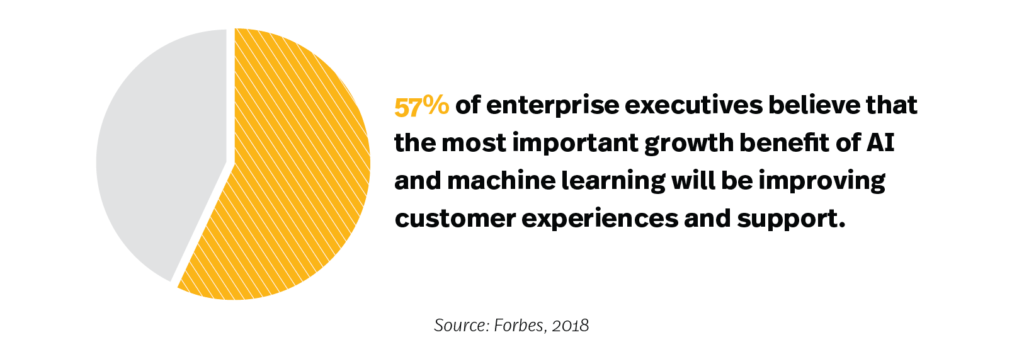
This opens up new streams of recurring revenue for a company that traditionally relied on one-time hardware sales. Now, through a combination of extracting behavioral surplus, feeding it to machine learning (ML) models, and selling the resulting prediction products to advertisers and other bidders, Vizio has found a way to transform their business model.
The result is IoT maturity: a steady flow of recurring revenue.
Conclusion: The Smart Home Hub
As we approach the final stage of the maturity model, ubiquitous computing, we expect the smart TV to take on an even more prominent role in the smart home. As the largest screen in the house and from its place of privilege at the center of the living room, the smart TV is ready to step into an even greater position.
What experiences can drive additional engagement?” asks Loes. He points to “fitness opportunities” and the “smart home hub,” concluding that “interactivity with your TV is going to grow. With that change to the interactivity model, you’ll start to see that give-and-take relationship at a higher frequency.”
Vizio may be the experts when it comes to televisions, but in order to bring their product in line with their vision for the 21st century, they needed IoT market expertise and IoT engineers. That’s why they called Very to help them build intelligence into their products.
“Very’s a great partner to quickly standup a project and get domain knowledge into the process quickly,” says Loes. “They spread their knowledge across both their teams and yours to ensure the best product possible.”






